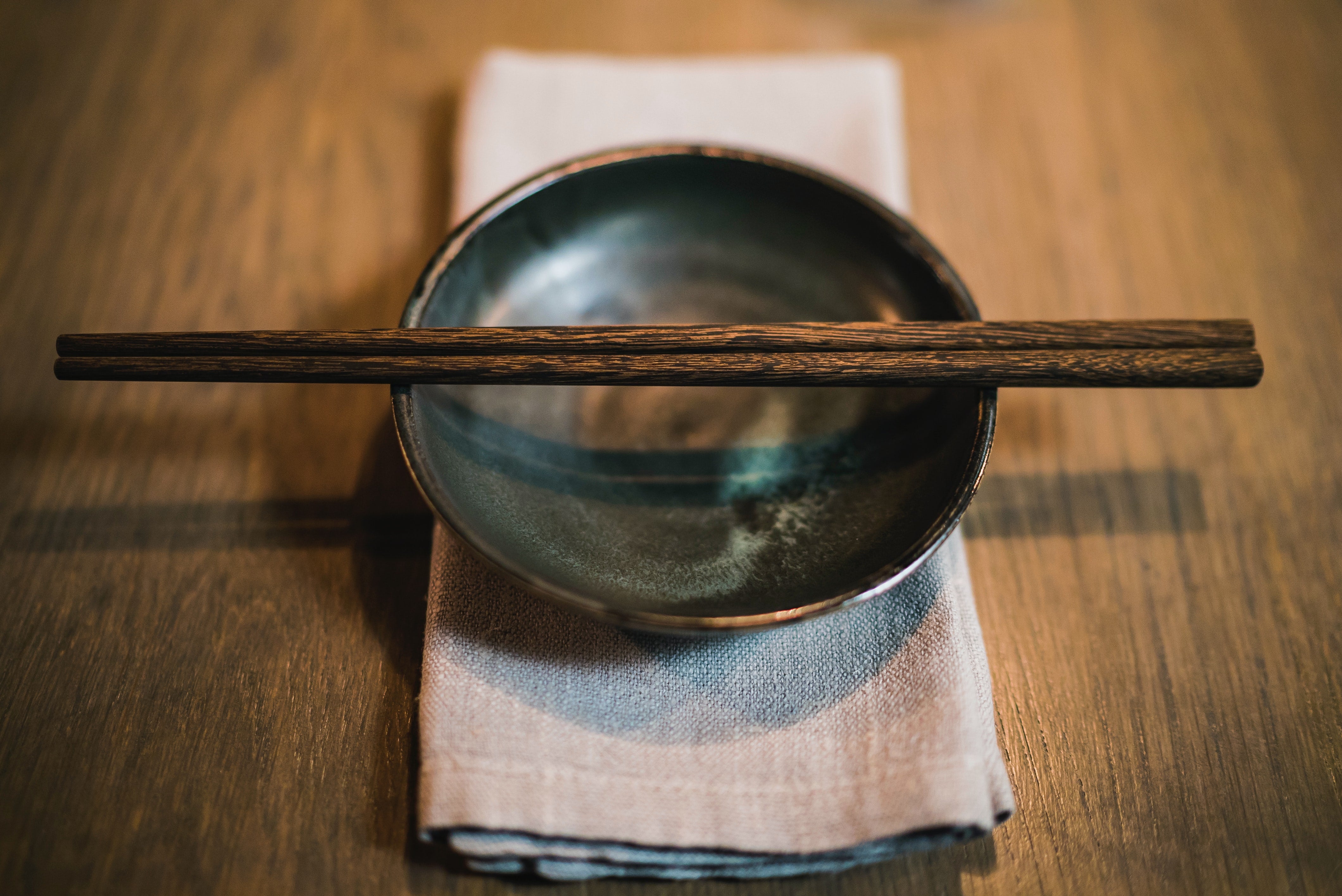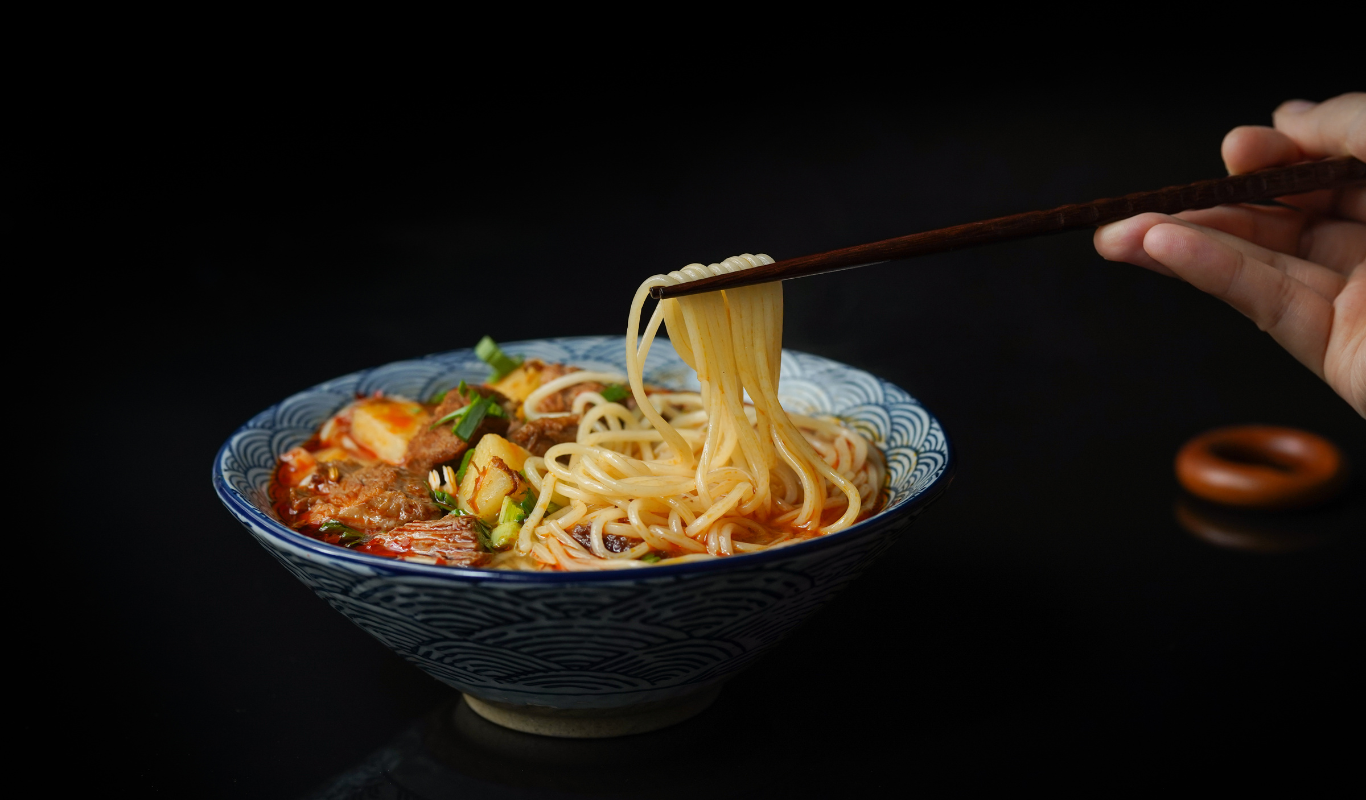
The Art of the Table - A Brief History
An important element of culture for several centuries
In its simplest definition, table setting is the act of arranging food and drinks on a table for consumption. However, there's much more to it than that. Table setting also includes the arrangement of centerpieces, as well as the lighting and colors used in their presentation. It's an important element of European culture, evolving since ancient times.

The origins of the art of the table
The art of table setting originated in ancient times with feasts and banquets. These were often elaborately organized events, featuring numerous courses and a wide variety of food and drink.
Over time, these feasts became more refined and sophisticated. By the Middle Ages, table setting had become an important part of court life. Kings and queens employed renowned chefs to prepare sumptuous meals for their guests, with great attention to detail and presentation.

The table layout
Table setting plays an important role in table setting. For centuries, tables were set with a white tablecloth and centerpiece. Salt shakers, bread baskets, glasses, and silverware were also placed around the perimeter of the table. Trends come and go over time, but some basic principles remain the same. The goal is to create a pleasant and welcoming setting that will make your guests feel comfortable and special.
For example, did you know that the fork should always be placed to the left of the plate? This seemingly innocuous detail actually has a long history. Forks were introduced to Europe in the 11th century, but they were initially only used for cooking. It wasn't until the late Middle Ages that they began to be used at the table. However, since most people were right-handed, it made more sense to place the fork on the left side and the knife on the right, so that the latter could be used with more force. Today, this convention is so ingrained that we don't even think about it anymore.
(more information on this topic in the next article in our Tableware series...)
Today's practices
While the basic principles of table setting have remained the same over time, significant changes have occurred in recent years. One of the most notable shifts has been technology. With the advent of social media, it has become more common for people to take photos of their food and drinks before consuming them. This has led to a greater emphasis on presentation and aesthetics when it comes to table setting. Additionally, more people than ever are entertaining at home. This has led to an increased demand for quality crockery, cutlery, glassware, and linens.
Conclusion
Whether you're hosting a dinner party for four or forty guests, taking care not only in what you serve but also in how you serve it will make all the difference in creating a memorable experience for your guests. With a little planning and the right tableware, you can easily set a beautiful table that will impress your guests and make them feel like honored guests in your home.
To ensure you don't make a fashion faux pas, visit our Timeless collection for inspiration and unique pieces that easily complement any room.
In an upcoming article, we'll explore Japanese dining culture in more detail! If you'd like to stay informed, don't forget to subscribe to our newsletter.




